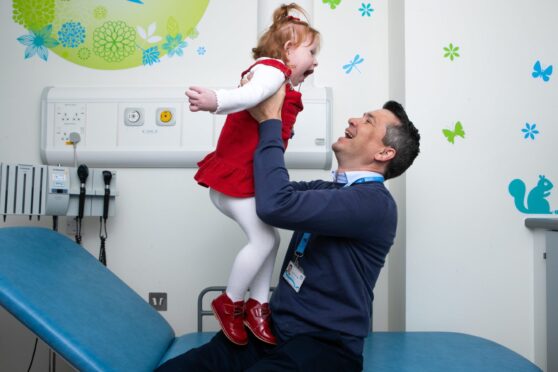
It is the rare and potentially fatal disease her parents had never heard of, until it struck their child. And it is one that toddler Georgia McLaughlan would have been unlikely to survive, were it not for the surgeon who “rewired” her brain.
The wee Glasgow warrior was just 18 months old when she suffered the first of three strokes in three months while on holiday in Spain last summer.
After initial treatment at a Spanish hospital to stabilise her, she was flown home in a private jet with medics and her family at her side and taken to the city’s Royal Hospital for Children.
It was there that paediatric brain surgeon Roddy O’Kane and his team, after careful assessment, carried out two delicate, complex and risky surgeries, rewiring each side of her brain to counter the potentially deadly impact of the Moyamoya disease that affects only one person in a million, most unusually children under the age of 10.
Now, little more than six weeks after the last surgery on April 9, the toddler – who was rendered virtually lifeless by her third devastating stroke – is home, “blossoming” and “learning to walk again”.
‘We didn’t think a baby could have a stroke’
Last week she was back at hospital with her parents – Kirsty and Andrew McLaughlan – to thank the surgeon and the teams that support him for giving Georgia a chance at life.
Cuddling up to her daughter, and with a beaming smile, Kirsty, 38, told the Post: “Roddy is our absolute hero – they all are…the whole neurosurgical team, and all those behind the scenes who have played their part.
“They have been amazing. We owe them the world.”
Andrew, 39, added: “We had never heard of Moyamoya disease. We didn’t think a baby could have a stroke.
“If they hadn’t found out what was wrong with her and found a way to fix it, it would have been a waiting game; waiting for something horrible to happen. We owe them everything.”
Smiling, surgeon Roddy O’Kane said: “Georgia is unusual. She is the youngest patient I have treated with Moyamoya.
“She has come on leaps and bounds from having multiple strokes that would probably have shortened her life drastically. Time will tell us how we are going to go in the long game. But there are certainly optimistic signs in this immediate post-operative stage.”
He explained: “We only see one to two cases of Moyamoya a year, and most neurosurgeons never really see it. The typical age in a child is between seven and 10, for adults it is their 30s and 40s.”
The condition causes the wall of the blood vessels to sequentially thicken and the lumen – or hole at the centre of the vessel – to become smaller, compromising blood supply and oxygen supply to the brain. In more than two-thirds of sufferers, left untreated, it will lead to “impaired quality of life, if not loss of life”, he said. “The only medical treatment we use is aspirin to thin the blood because, as the vessels narrow, they develop emboli, or clots.”
Both sides of Georgia’s brain were affected, and she required separate surgical procedures – known as Pial synangiosis, which would usually be carried out a year apart.
O’Kane explained: “You can’t do them together because the operation is really high risk for any Moyamoya patient. Even a small drop in blood pressure will cause another stroke. The normal stroke rate during this procedure is one in five.”
In Georgia the risk was even higher – one in two.
He added: “She is young, and the disease was very progressed. I didn’t think she could wait a year for the second operation, so I did it at six months.”
A delicate procedure
With anaesthetist Simon Young, he carried out the first in September and the second operation last month. Explaining the delicate seven-hour procedure – conducted with the aid of a microscope – he said: “We take the superficial temporal artery – in Georgia it was really small, one to two millimetres – and skeletonise it out of the tissues it normally supplies. Then we open the skull and suture the vessel to the brain.”
The effect, although not immediate, causes the oxygen-starved part of the brain to grow other oxygen-carrying blood vessels from it.
And, in a technique he said “has never been used anywhere else in the world”, he put a probe into the brain to measure oxygen levels during the surgery and “pick up strokes before they were happening”. He explained: “The device is used normally in head injuries. Nobody has ever used it in this setting.”
It provided ongoing surveillance for two days after the operation.
He said Georgia’s progress will be checked about a year from the date of her last surgery with an angiogram (diagnostic photography). It will show the vessels that are blocked and the new vessels that are blooming and giving oxygen to the brain.
Reliving their nightmare in Spain last summer, Kirsty, an IT project manager with Dell Technologies, said: “Back then we could never have imagined being in this position now. We were terrified. We thought we were going to lose our wee girl.
“She began to have a seizure when were at our hotel in Salou. We thought she was teething, or it was too hot.
“Then she gave a scream like I had never heard before. Her shoulder was twitching, and I noticed her arm had gone limp.”
They rushed their baby to the nearest children’s hospital.
Andrew, a network officer with Glasgow City Council at the Clyde Tunnel, said: “They gave her a CT scan and suspected a stroke. An ambulance was being sent from the main hospital in Barcelona. That’s when we realised how serious it was.”
Their daughter remained at its Vall d’Hebron Hospital for 10 days for MRI scans and blood tests and was told she had suspected Moyamoya.
Kirsty said: “The hardest part was when they took her into intensive care, and we had to wait outside.
“We could hear her screaming and we couldn’t get to her. No one spoke any English.
“We were fortunate that, at the height of the stress, when they told us the next 48 hours would be really critical, one nurse in ITU spoke good English. Other times we were using Google translate. The Barcelona hospital gave her the best possible care, but it was still horrific.”
‘She is blossoming’
Now, with their daughter safe at home, but still being fed by tube, they could not be more grateful to those who made it possible.
O’Kane said: “Georgia was having big, severe strokes, and untreated she would have had more. I don’t think she would have made it into adulthood. She has had developmental impairment, but we hope she will catch up again.
“She is learning to walk again, and she is blooming. She is a lovely wee girl, and her parents are great people.
“Going through what they are going through, I would be whingeing and complaining, but they are forever thankful and pleasant.
“Children’s brains are great for rewiring,” he smiled. “The paediatric surgeon’s secret is they recover much better than an adult and make us look really good.”
And, with a chuckle, he added: “The child has done all the work, but don’t tell anyone.”

Enjoy the convenience of having The Sunday Post delivered as a digital ePaper straight to your smartphone, tablet or computer.
Subscribe for only £5.49 a month and enjoy all the benefits of the printed paper as a digital replica.
Subscribe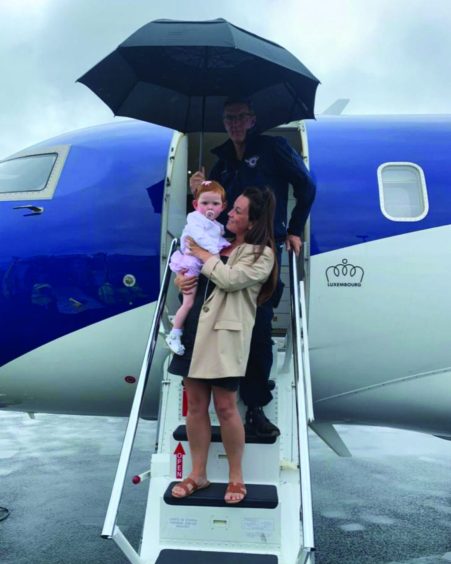 © SYSTEM
© SYSTEM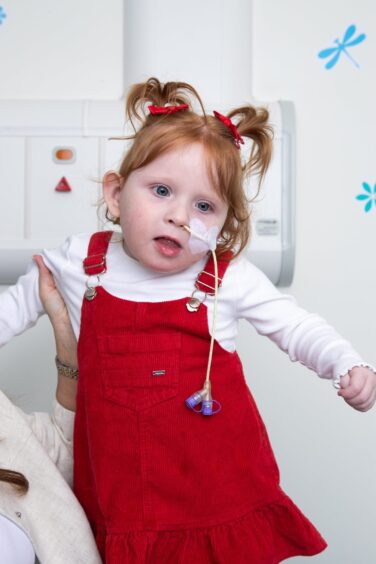 © Andrew Cawley
© Andrew Cawley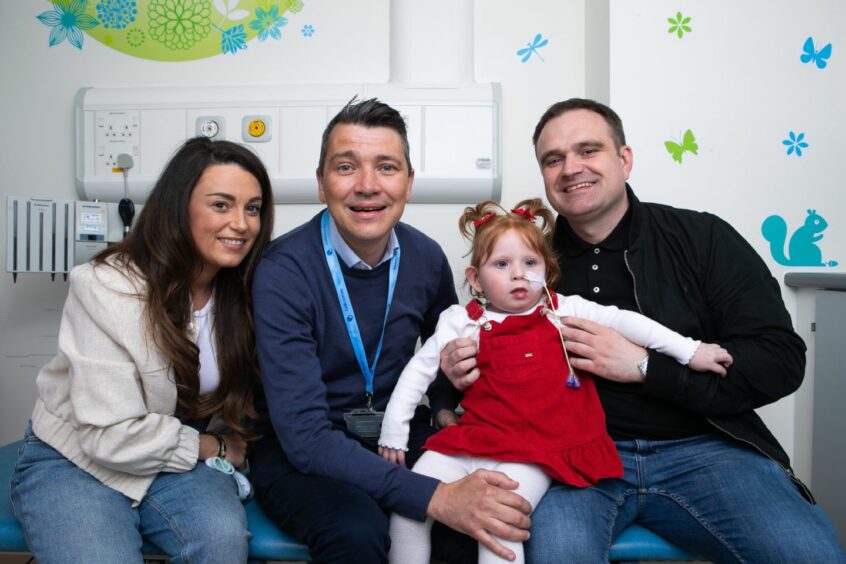 © Andrew Cawley
© Andrew Cawley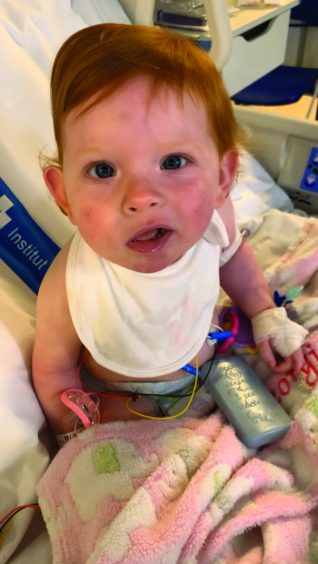 © SYSTEM
© SYSTEM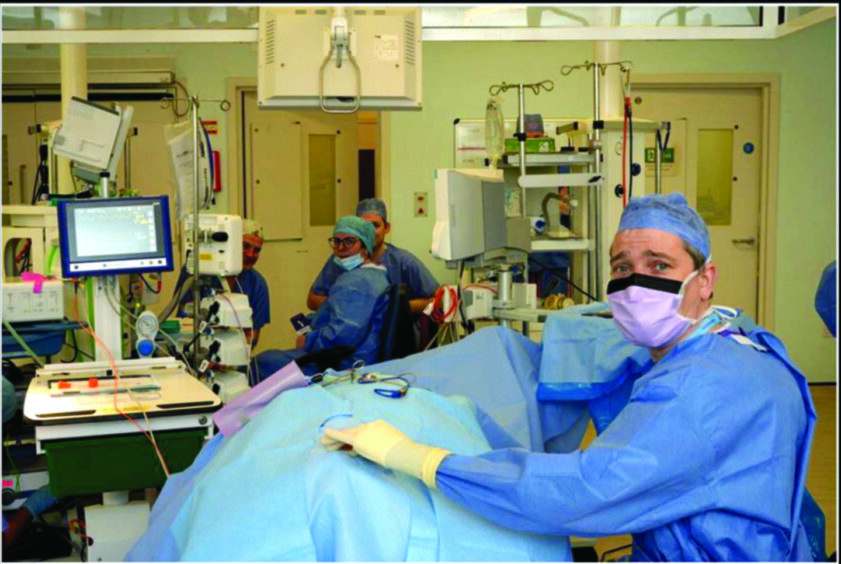 © Supplied
© Supplied